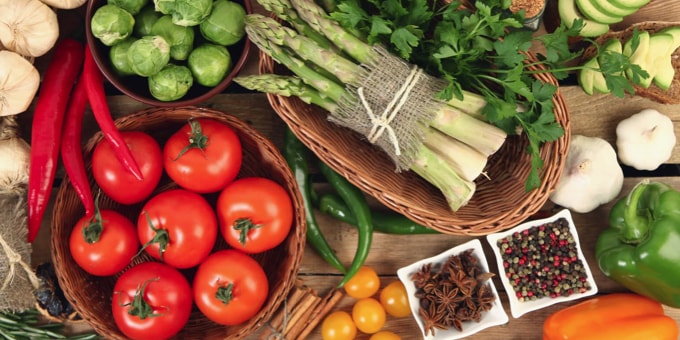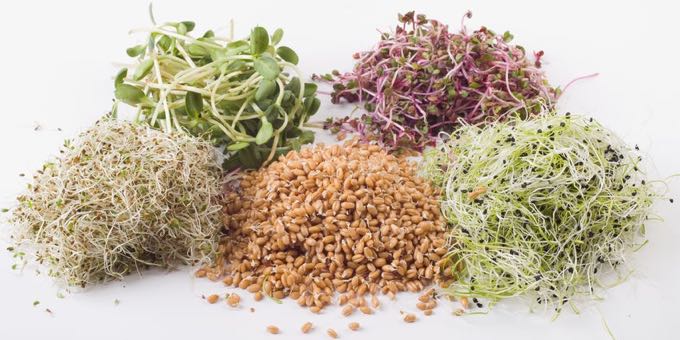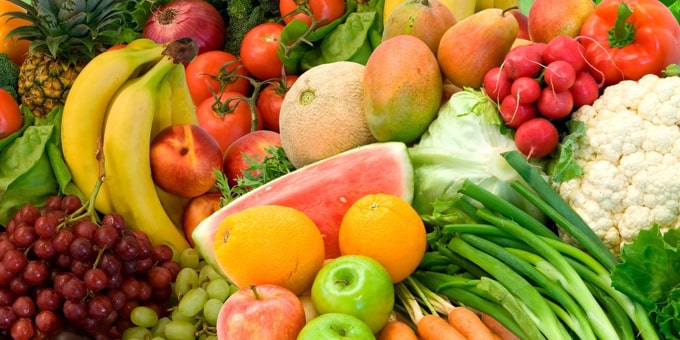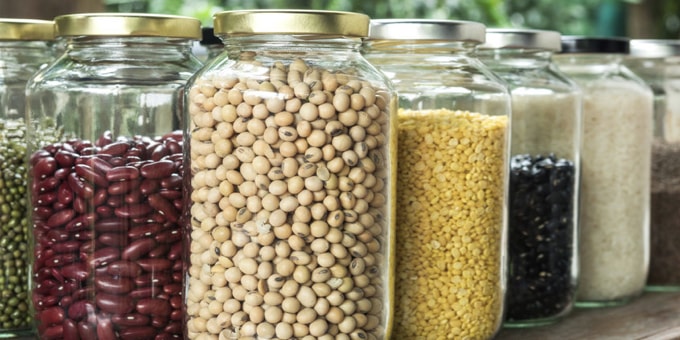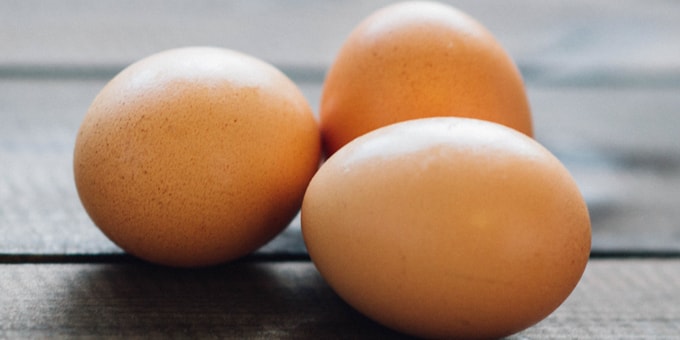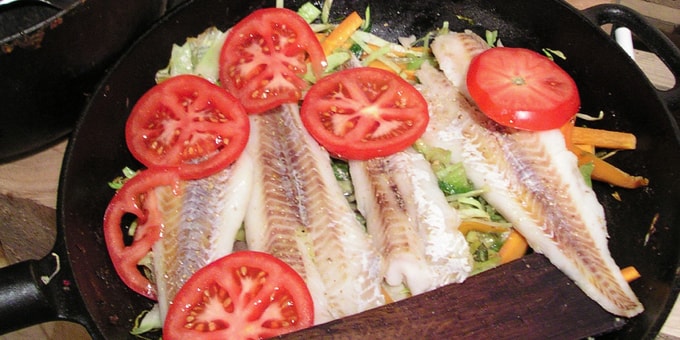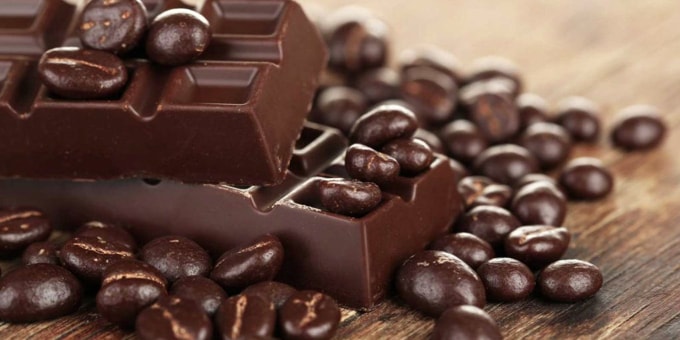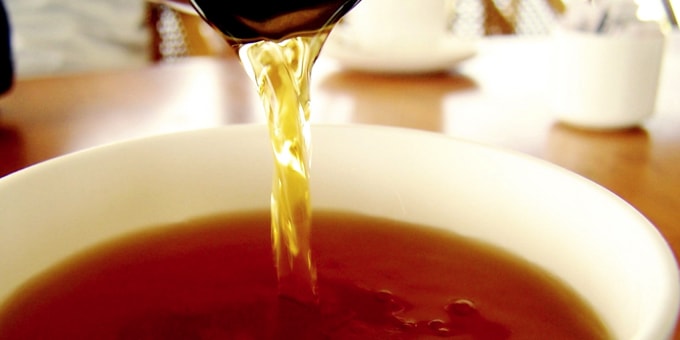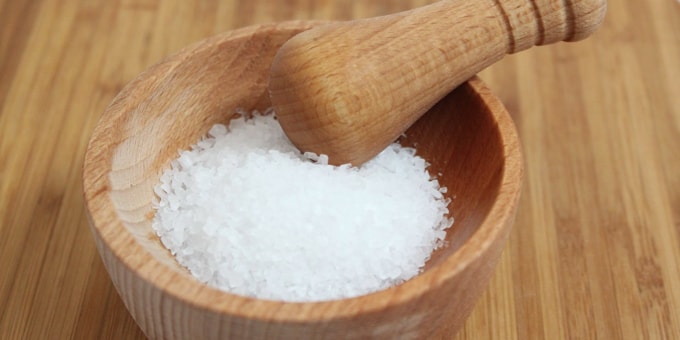THE PAGAN DIET, PALEO MEETS VEGAN
How can it be: a meat-loving Paleo diet combined with an animal-free based vegan diet? Believe it or not but the Pegan diet is just such. This trend catching diet is making waves and taking over kitchens nationwide. The term “pegan” was developed by Dr. Mark Hyman of the Cleveland Clinic Center for Functional Medicine. He believes this diet combines the best elements of being a vegan and the paleo diet and produces a balanced and healthy diet.
Both vegan and paleo diets place an emphasis on plant-based foods because those foods provide our body with vitamins and minerals that our bodies need to remain healthy. The two diets make a push that plant-based foods should make up about 75 percent of a person’s diet. Combining the principals of the two diets but reducing the specific restrictions of the diets, the result is a diet that is better balanced in macronutrients (protein, carbs, fat) and much easier to follow. Vegan and paleo diets can be very difficult to follow and people who may attempt these diets often fail at getting enough protein, eating the recommended amounts of grain, and etc.
VEGAN
A vegan diet eliminates all animal products and places focus on only plant-based foods. This means no meat, dairy, and no eggs, as well as no products made or produced from animals (ie., honey, leather). This diet can be difficult for people to follow and abide by due to the fact that animal products are ‘hidden’ in many foods. No animal broth and gelatins can be consumed since vegans try to avoid any processed animal products. Since the vegan diet is low in calories, cholesterol, and saturates fat, going vegan tends to help with weight loss and normalizing cholesterol and blood pressure.
PALEO
The idea of the Paleo is that a diet is followed that is similar to the humans who lived in the Stone Age and modern (processed) foods are eliminated. This means a paleo diet is full of meat, vegetables, and moderate amounts of fruit and nuts. Grains, beans, added sugar, dairy, and many types of oils are not included in a paleo diet because they are considered as modern additions to the diet.
So how is it possible to combine two strict diets into one that is much easier to follow? The key principal with the Pegan diet is to focus primarily on fruits and vegetables. The goal is to fill 75 percent of your diet with plants and round out the remaining 25 percent with animal protein and high-quality fats. Below is a modified list of some Pagan
DO’S AND DONT’S
- Fruits and Vegetables – DO strive for about 75 percent of your diet to consist of fruits and vegetables. Significant amounts of fruits and vegetables that our bodies need to remain healthy.
- Meat – DO consume about 25 percent of your diet should be animal protein like chicken, beef, fish, and eggs. The animal protein should come from grass-fed and antibiotic-free animals (think organic). Consider meat as a condiment, making it a quarte4r or less than half of your meal.
- High-Quality Fats – DO use olive, coconut, and avocado oils in addition to avocados, nuts, and other sources of omega-3 fats, all of which are staples in the Paleo diet. Steer clear of peanuts since they are a legume and limit the amount of saturated fats.
- Healthy Grains – Do consume gluten-free, whole grains, such as quinoa, wild rice, black rice, etc. Try to include about half of a cup of healthy grains a day.
- Lentils – Do consume limited portions of small beans like lentils. Large, starchy beans should be very limited or avoided if at all possible since they are linked to digestive issues and bloating
- Dairy – DON’T consume dairy products- dairy is not a part of vegan or paleo diets
- Soy – DON’T consume soy or soy products. Soy is a part of the vegan diet, however research links the bean to disrupting hormones, and tends to be genetically modified as well.
- Sugar – DON’T over consume sugar. Sugar is viewed as a treat and should be eaten sparingly. Too much sugar can be linked to obesity and disease.
Following do’s and don’ts is a great way to transition and maintain the Pegan diet. Sticking to the basic principal of eating a diet primarily based on plant-based foods and limiting sugar is a great way to provide your body with the health benefits such as lowering cholesterol and a decreasing the risk for diabetes. The Pegan diet eliminates a lot of “problem” foods such as sugar, dairy, and processed foods that can cause issues.
Visit the Dishin’ Out Healthy stand at Viking Village Foods for Pegan-inspired recipes and some meal ideas.
Dishin’ Out Healthy- Health Educator: Nichelle
“Your diet is a bank account: Good food choices are good investments” – Bethenny Frankel
Sources:
Rossi, Carey (2015, June 19) The Pegan Diet. Retrieved from: cnn.com/2015/06/17/health/pegan_diet/
The Pegan Diet Rules. Retrieved from: doctoroz.com/gallery/pegan-diet-rules

